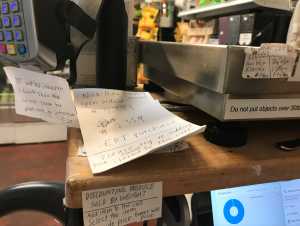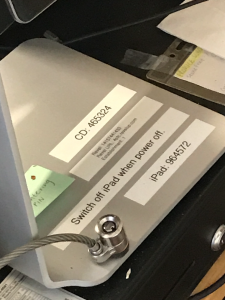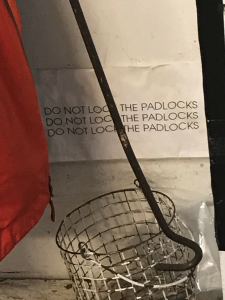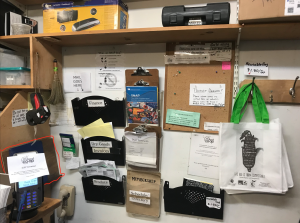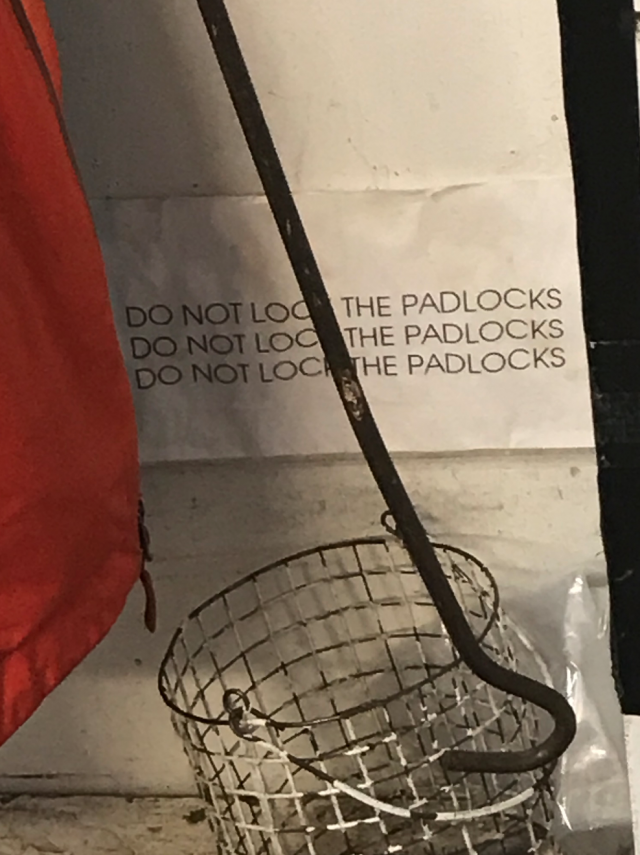The website for the 4th st food co-op—on the ‘about us’ page, under the ‘ethics’ heading (which, like, who wrote that? Was it Jen, who likely did some of the web design? Vanessa or Elissa, who both are just so ‘involved’?)—proclaims in a few different ways that ‘we share common values.’ And maybe a claim I’m making about this organization, its richness, and the stuff I love about it, is that ‘we share common values’ is not the best way to articulate the co-op’s particular style of commonality. At all! Here starts a critique of ‘community’ (“…one of the most decisive questions for contemporary life concerns what having and being in common entails. […] before there was always and only the common and its privileged form, the community…”)
What does it mean for the co-op to be an open form? Where it’s literally harder to get people out of it than in?
More precisely: under ethics, ‘sharing values’ is articulated towards an active engagement with ‘local’ vendors/organizations/etc. So that it could be written ‘sharing space’ instead. Want a better understanding of how and why this phrasing operates in the frame of ‘ethics’. Thinking about how well Brent Edwards can question stuff like this in Practice of Diaspora. There is some understanding of the co-op as being imbricated in the infrastructure of a possible, present city. If not the co-op itself as an infrastructure (meaning that the co-op is built up of many different systems that pre-exist most all of its members. Another word, and another trajectory, for such experience of pre-existing experience is institution.)
I’ve taken some photos of one knowledge circulation practice—deliciously fragmented and layered—that I find characteristic. Annotations. Like of a book. This seems a better term to me than labels, or notes. Unless we think of notes as marginalia, like in a book again, or on the nasty little scraps Benjamin cramped his writing onto. Annotation foregrounds the place-based (on a pretty micro scale in this instance) and material nature of the relationship between english language sign system and medium. It also, I think, holds open space (in the criticality and dynamism that come to my mind with ‘annotation’) for writing that does not happen via letters. This is where my interest in artistic insertion into the co-ops circuits flares up.
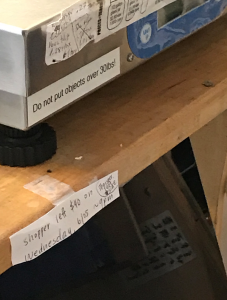

background: trouble shooting for the revel POS (which looks like the same ring clip that held the old register troubleshooting info)
